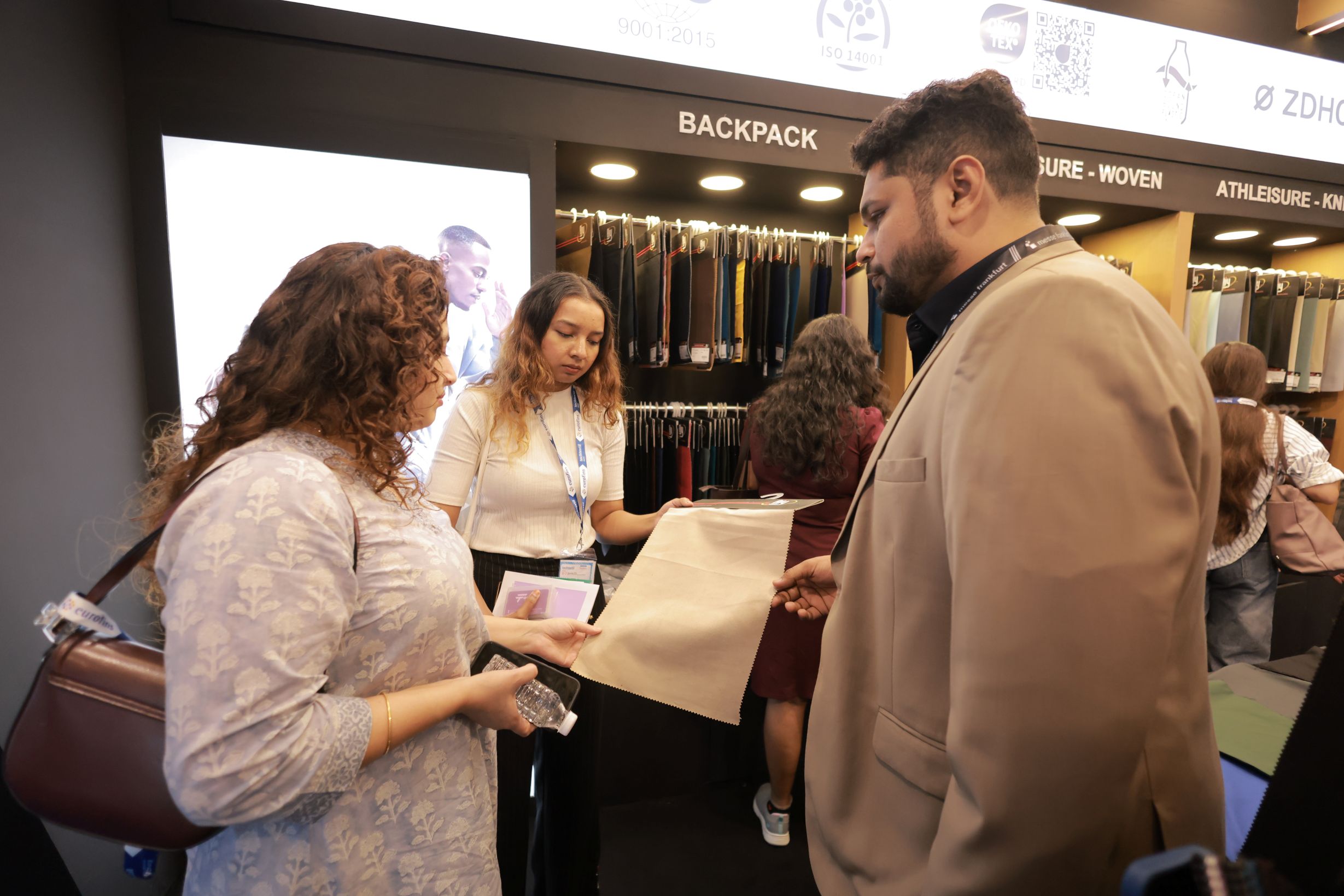
As China's affluent consumers mature, a there is a shift in the luxury market. The days of conspicuous consumption and Western-centric status symbols are fading. A new ‘Neo-Luxury Era’ has emerged, driven by a demand for depth, authenticity, and cultural resonance. At the heart of this transformation is the concept of jingzhi, a philosophy of refinement that emphasizes quality, craftsmanship, and meaningful experiences.
The rise of Jingzhi
Jingzhi, rooted in centuries of Chinese cultural heritage, originally embodied meticulous refinement and exquisite detail. In modern China, it has evolved to signify a lifestyle that values authenticity, depth, and cultural continuity. This shift is due to several factors:
Mindful consumption: Younger generations prioritize quality over quantity, seeking products that reflect their personal values and align with sustainability and authenticity.
Cultural confidence: Consumers are moving away from Western status symbols and embracing homegrown cultural aesthetics, celebrating Chinese craftsmanship and traditional designs.
Experience-driven living: There is a growing emphasis on experiences that enrich well-being and identity, such as wellness retreats, cultural tourism, and niche hobbies.
Year 2025 marks a critical turning point for brands in China's luxury market. They must adapt to these shifting priorities or risk irrelevance.
Key trends shaping the neo-luxury era
One major trend is the travel resurgence. The global luxury travel market is projected to reach $1.2 trillion by 2027, with Chinese outbound tourism spending expected to surpass $400 billion by 2033. This resurgence presents a lot of opportunities for luxury brands to engage Chinese consumers globally and create immersive experiences that align with the jingzhi lifestyle.
China's health and wellness economy too is booming, with the market expected to surpass $1.6 trillion by 2030. Consumers are seeking premium wellness solutions that blend functionality with aspiration and sophistication, driving demand for luxury wellness retreats, high-performance skincare, and personalized Traditional Chinese Medicine treatments.
While traditional Tier-I cities remain important, new Tier-I cities and lower-tier cities are emerging as key growth markets. By 2030, over 70 per cent of China's middle-class and affluent consumers will be from Tier-III cities and below. Luxury brands are increasingly exploring these markets, recognizing the growing purchasing power and willingness to spend among residents.
The growing divide between affluent luxury buyers and price-sensitive mass consumers is pushing brands to adopt multi-tiered pricing strategies. While high-net-worth individuals continue to drive luxury spending, middle-class consumers are exhibiting more cautious purchasing behavior.
The Jingzhi blueprint for brands
To thrive in this evolving landscape, brands must embrace the six pillars of the ‘Jingzhi Success Framework’:
Craftsmanship: A dedication to heritage, innovation, and social responsibility.
Quality: Excellence across all consumer touchpoints, ensuring a refined experience.
Authenticity: A commitment to cultural sincerity and localized engagement.
Commitment: Long-term investment in sustainability, innovation, and community.
Intelligence: Deep market understanding, strategic agility, and data-driven adaptation.
Vision: A clear, forward-thinking ambition that aligns with the future of Chinese luxury.
Several brands are already successfully embodying the principles of jingzhi. For example, Loewe has elevated China's cultural heritage by intertwining traditional Chinese artistry with contemporary design. Documents the fragrance brand crafts its collections using traditional artisanal techniques and creates experiential retail spaces that immerse consumers in Eastern philosophical and aesthetic traditions.
Harrods the department store partnered Chinese designers to showcase Eastern aesthetics for global audiences, honoring Chinese heritage and positioning it on a global stage. Similarly, Moncler the luxury fashion brand redefined luxury as a cultural dialogue, merging avant-garde design with localized heritage and demonstrating a long-term commitment to China. ICICLE the fashion brand established itself by focusing on refined, sustainable fashion rooted in Chinese culture and craftsmanship.
The Jingzhi Imperative is clear: brands must move beyond surface-level adaptation and fully integrate the six pillars of jingzhi into their business strategies. By embracing craftsmanship, quality, authenticity, commitment, intelligence, and vision, brands can achieve meaningful, sustainable, and culturally resonant growth in China's Neo-Luxury Era and beyond.












